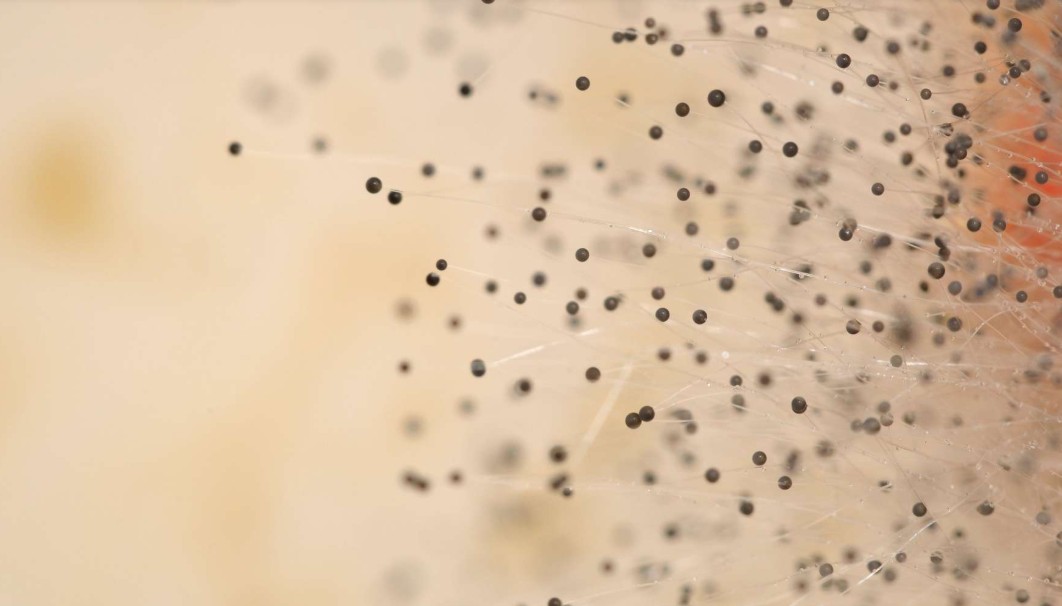By Martin Van Lear, APRN, FNP-C
📞 (404) 877-2385 | 📧 martin@treeoflighthealth.com
🌐 treeoflighthealth.com
Co-authored by John Crewdon, CPI
🌐 TheEInspector.com
Click on the ‘Request a Consult’ button to request a consultation
📞 (470) 338-2006 | 📧 John@TheEInspector.com
Mold exposure has become a serious concern, especially for individuals suffering from Chronic Inflammatory Response Syndrome (CIRS), mold toxicity, and other biotoxin-related illnesses. Unfortunately, many homeowners—and even healthcare practitioners—rely on spore trap testing, an industry-standard method that frequently misses the real problem. This article explains why spore trap testing is often inadequate and presents a more comprehensive approach to assessing mold and indoor air quality.
The Limitations of Spore Trap Testing
Spore trap testing involves capturing airborne mold spores—typically from the center of a room—using a cassette or slide. These spores are then analyzed to determine the concentration of mold particles in the air. This is the method most commonly taught to home inspectors and beginner mold assessors. While widely used, it has significant limitations:
1. Failure to Detect Hidden Mold
Spore trap tests only capture what’s floating in the air at the time of sampling. High levels of mold growing inside walls or beneath flooring are rarely detected, because only ultrafine particles and microbial volatile organic compounds (MVOCs) tend to escape these areas in significant amounts. Whole mold spores may occasionally escape but generally not in large quantities. Moreover, many toxic molds like Stachybotrys chartarum (black mold) produce heavy, sticky spores that:
- Are not easily aerosolized when wet
- Settle quickly and do not remain airborne
- Are unlikely to be collected by spore trap cassettes
2. Snapshot in Time
Spore trap testing provides only a momentary snapshot of airborne mold levels. Because mold spore concentrations fluctuate based on activity, HVAC usage, and humidity, this test can easily miss significant exposures occurring at other times of the day.
3. Lack of Species Identification
Spore trap results often list genera like “Aspergillus/Penicillium” without differentiating between individual species—some of which are highly toxic while others are benign. This generalization limits the diagnostic value of the results.
4. Inconsistent and Poor Sensitivity
The accuracy of spore trap results is highly variable, depending on:
- Where the sample is taken
- The time of day
- The operation of HVAC systems
- The humidity and ventilation levels in the space
This leads to unreliable results that may underestimate or completely miss serious mold problems.
Key Point: Spore trap testing is just one data point. It must be interpreted in the context of additional evidence from more sensitive and specific mold detection methods.
A True Mold Assessment Requires Multiple Data Points
To properly evaluate a building’s mold burden and its impact on health, a qualified
Indoor Environmental Professional (IEP) must utilize a range of tools and testing
strategies:
Tape-Lift or Surface Testing
- mold species directly from visible surfaces
- Especially useful for detecting Stachybotrys, Chaetomium, and other water damage indicator molds
ERMI (Environmental Relative Moldiness Index)
- Uses DNA analysis of dust samples to assess long-term mold exposure
- Provides a historical look at mold contamination—even when current sporelevels are low
HERTSMI-2
- A focused subset of ERMI that scores high-risk molds implicated in CIRS and biotoxin illness
Intrawall and Cavity Air Sampling
- Involves taking air samples from behind walls and ceilings to detect hidden growth
- Often used alongside moisture meters, hygrometers, and thermal imaging
- HVAC System Inspection
- The ventilation system acts as the “lungs” of your home
- Ducts, coils, and vents should be inspected for colonization and particle spread
Endotoxin and Bacterial Testing
- Tests for Actinomycetes, Pseudomonas, and other bacterial toxins
- These biotoxins often cause more inflammation than mold spores themselves
- Based on the research of Dr. Ritchie Shoemaker and others For more information, check out our article on Actinomycetes and CIRS: https://treeoflighthealth.com/actinomyces-cirs-biotoxin-illness-mold/
VOC and Ultrafine Particle Testing (PSE)
- Identifies fungal and bacterial off-gassing
- Measures ultrafine particles that can provoke immune and neurological reactions—even if mold spores are “within normal limits”
Clinical Correlation: Testing the Human Body
Just as the environment must be fully evaluated, the person’s mycotoxin burden
must also be assessed using:
- Serum or urine mycotoxin testing
- Visual Contrast Sensitivity (VCS) testing
- CIRS labs (e.g., VIP, TGF-β1, MSH, C4a, MMP-9)
- Mold-specific IgG and IgE antibody testing
- NeuroQuant MRI, nasal swabs, and other advanced diagnostics
Why Spore Trap Testing Became the Industry Standard
Spore trap testing became widespread because:
- It is inexpensive and fast, favored by insurance adjusters and remediation firms
- It requires minimal training, making it easy for unlicensed or inexperienced inspectors
- There is a lack of national regulation, allowing for shortcuts and misinterpretation
- Massessors don’t understand the complexities of mold ecology or mycotoxin illness
Red Flags When Choosing a Mold Assessor
Avoid inspectors who:
- Use only spore trap testing
- Have never heard of ERMI, HERTSMI-2, or Actinomycetes
- Rely solely on lab interpretation with no clinical or investigative insight
- Take fewer than 10 samples in an average-sized home
A competent mold assessor should collect 10–30 samples, depending on home size, complexity, and symptoms.
Case Example
A patient suffering from fatigue, headaches, and memory issues was told by four different inspectors that her home was mold-free. None of them conducted ERMI, inner wall, or tape-lift testing. Finally, a comprehensive inspection revealed Stachybotrys hidden beneath the kitchen flooring. Proper remediation led to a dramatic improvement in symptoms.
Conclusion: Don’t Settle for Partial Answers
Spore trap testing may have its place, but it should never be used alone. A comprehensive mold assessment involves multiple tools, tests, and the expertiseto interpret them. If you’re battling unexplained health issues or have a history of water damage in your home, seek out professionals who understand the full picture of mold ecology and biotoxin illness.
Comprehensive testing is not just a luxury—it’s a necessity for recovery. Cutting corners may mean living in a house that appears clean but is biologically toxic.
About the Authors
Martin Van Lear, APRN, FNP-C
Integrative and Functional Medicine Provider
📞 (404) 877-2385 | 📧 martin@treeoflighthealth.com
🌐 treeoflighthealth.com
John Crewdon, CPI
Indoor Environmental Professional / Building Biologist
🌐 TheEInspector.com
Click on the ‘Request a Consult’ button to request a consultation
📞 (470) 338-2006 | 📧 John@TheEInspector.com



